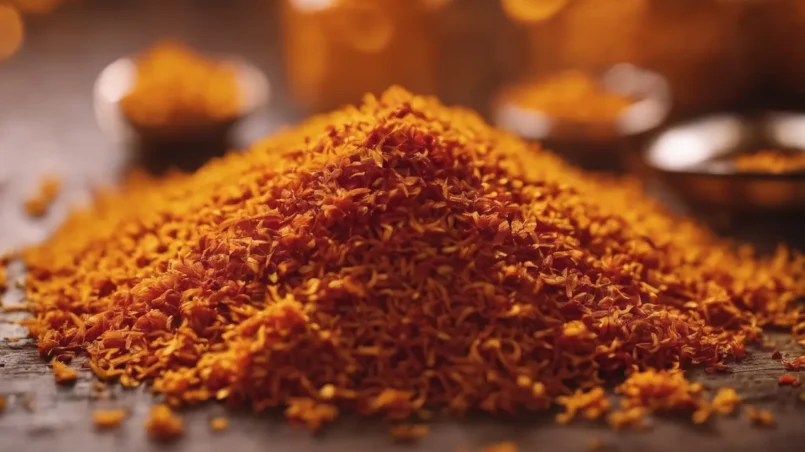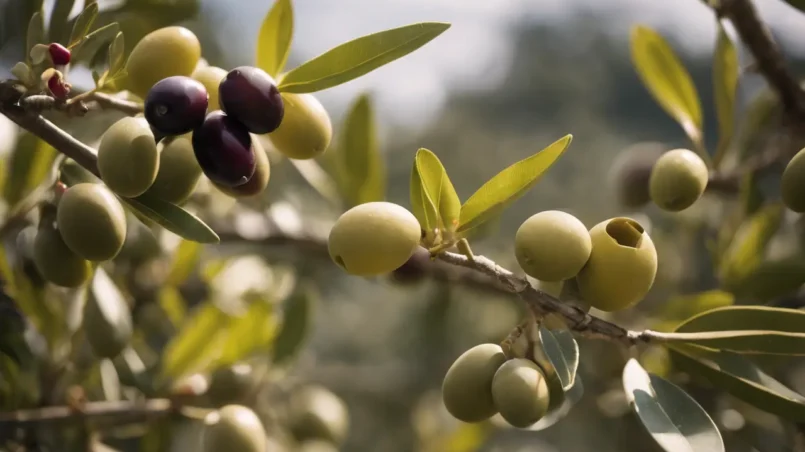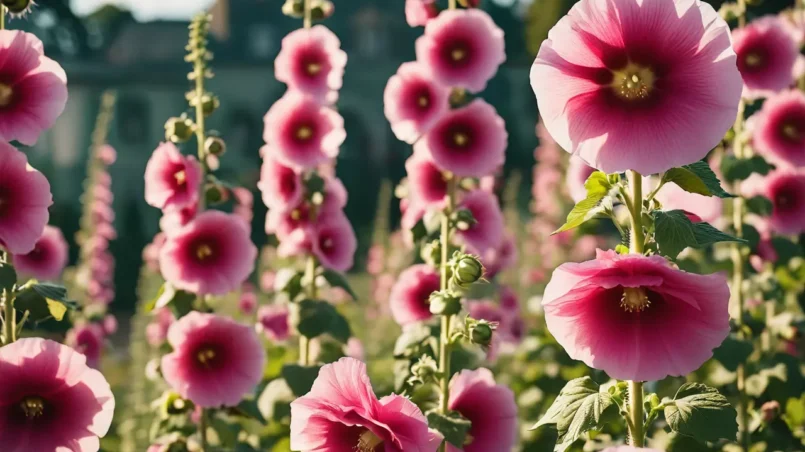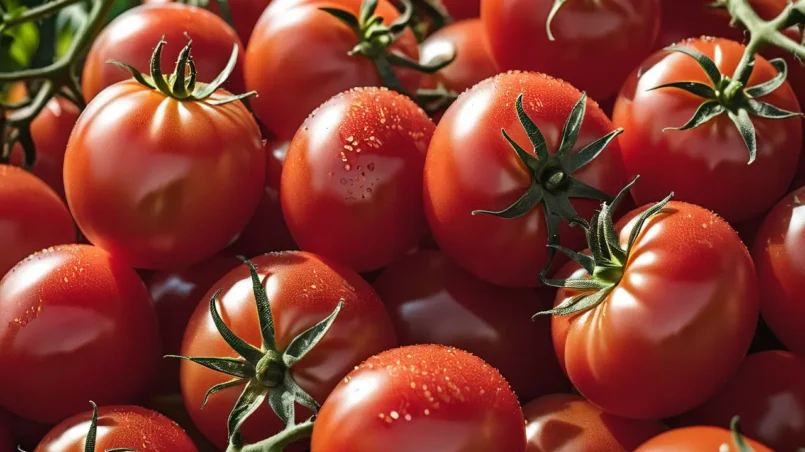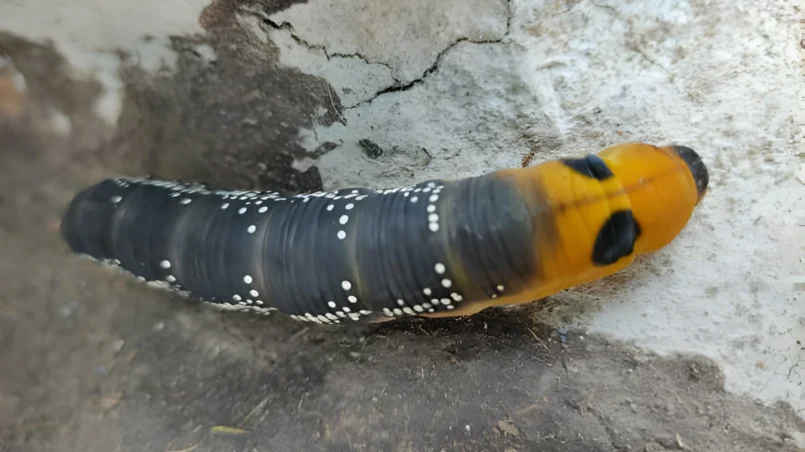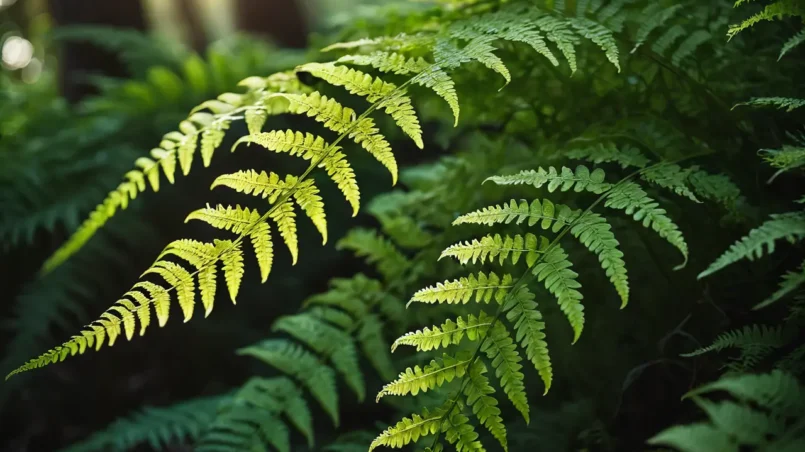Saffron, renowned for its vibrant color, distinctive flavor, and aroma, has graced culinary dishes and traditional medicines for millennia. Derived from the Crocus sativus flower, it’s not just a spice but a luxury, often referred to as “red gold” due to its high price tag. This article delves into the reasons behind saffron’s prestigious status, shedding light on its cultivation, the painstaking labor required for its harvest, and the factors influencing its market...
Author - Victoria Nelson
Olive oil, a staple of the Mediterranean diet, boasts a rich history dating back thousands of years. Revered for its culinary uses, health benefits, and even ceremonial purposes, olive oil’s journey from the grove to your kitchen is a fascinating process. At the heart of this journey is a crucial question: How many olives does it take to make olive oil? Understanding the answer requires a deep dive into the life of the olive tree, the methods of oil extraction, and the numerous factors...
Hollyhocks (Alcea spp.) stand as a timeless symbol of traditional cottage gardens, towering gracefully with their lofty spires of vibrant blooms. Originating from Asia and Europe, these perennial (sometimes biennial) plants have woven their way into the fabric of garden history and folklore, often associated with prosperity and survival. Today, hollyhocks are celebrated not only for their historical significance but also for their ability to add vertical interest and a splash of color to any...
Plum tomatoes, with their distinct oblong shape and concentrated flavor, stand out among the myriad varieties of tomatoes cultivated around the globe. Renowned for their thick flesh and fewer seeds, they are particularly favored in the culinary world for making robust sauces and canned tomato products. The popularity of plum tomatoes can be attributed to their versatility in cooking, where they lend themselves well to both fresh and processed dishes, making them a staple in kitchens from Italy...
The oleander caterpillar, Syntomeida epilais, is a vibrant pest known for its striking orange and black markings. Originating from the Caribbean, this caterpillar has become a notable problem in regions where oleander plants are cultivated. Oleander caterpillars pose a significant threat to these plants, capable of defoliating them if infestations are not managed promptly. This article aims to guide gardeners through the process of identifying, preventing, and controlling oleander caterpillar...
Ferns, belonging to the group of non-flowering vascular plants known as Pteridophyta, are ancient organisms that have thrived on Earth for millions of years. With their lush, green fronds, ferns adorn forests, wetlands, and gardens worldwide, playing a crucial role in their respective ecosystems. Beyond their aesthetic appeal, ferns contribute significantly to the food web, serving as a food source for a variety of organisms. This article delves into the diverse array of creatures that include...

